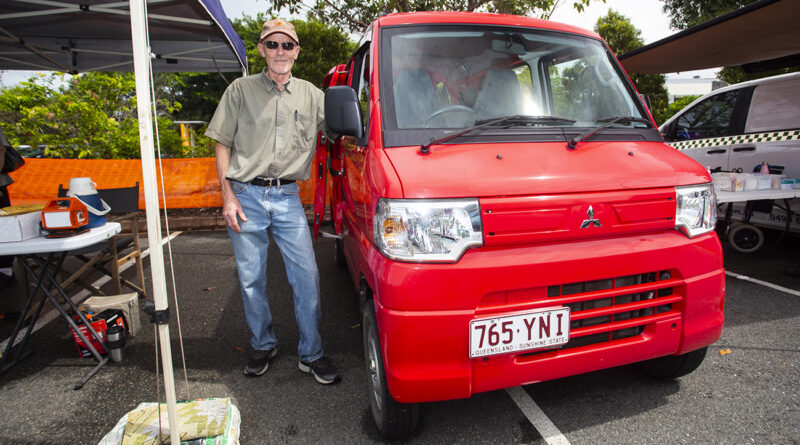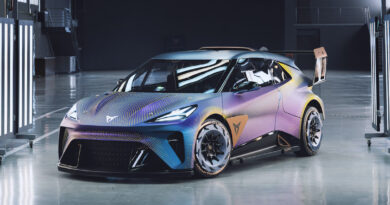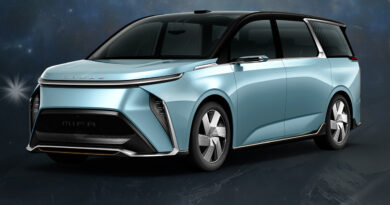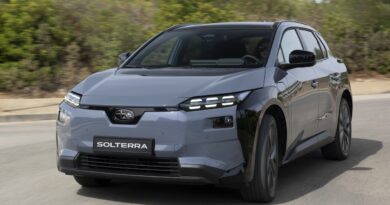A brand new EV for $18,000? Here’s how
Biggest barrier to EV purchase? For practically everyone, it’s price. So how about a basically new electric vehicle on the road for just $18,000? And yes, it’s one with four wheels.
This is a 2015 Mitsubishi Minicab MiEV, an all-electric microvan that’s been on sale in Japan since 2011. It’s owned by Queensland’s Chris Barclay, who used Melbourne’s J-Spec Imports to source, import and comply this practical little EV.
The cheapest ‘traditional showroom’ new electric car you can buy in Australia is the $43,990 drive-away MG ZS EV Essence, well over twice the price Chris paid for his practical Mitsubishi. Of course they’re very different vehicles in terms of safety, range, technology and warranty, but Chris didn’t have such funds to scratch his EV itch.
Cheap EV life
“I live on a bush block and am totally off-grid,” he said. “I use no fossil fuels at all – no petrol, diesel or gas – and the last step was getting an EV and not using an ICE car. I couldn’t afford a new EV, and I stumbled on this.”

The commercial Mitsi Minicab MiEV van has a range of around 150km when using the same 16kWh battery as found in Mitsubishi’s titchy I-MiEV passenger car.
Chris’ example was bought as a three-year-old vehicle but with just 35-kilometres on the clock. It was ordered new by the Japanese postal service, but for whatever reason was surplus to requirements and went to auction in good-as-new condition.
This was handled by J-Spec Imports, which Chris described as an “absolutely painless process: the only scary bit is when you have to send your money overseas.” Chris said when the vehicle was inspected for him in Japan they sent him 560 photos so he could assess it thoroughly.
Import charges
Ben Lippa owns J-Spec Imports – which has been in business for 22 years – so EVcentral got in touch to see what the whole process involves, and what other EVs he could bring into Australia.
“Our import laws are somewhat complicated, but basically, as long as the car wasn’t sold in Australia it can be brought in,” he said. “We can’t do Teslas for instance, except, theoretically, the early Roadsters.”
The Nissan Leaf AZE0 version of June 2013 – September 2017 can be imported as it had some improvements over the Leafs sold in Australia from 2010-2103. Cheapest “landed and complied price” for a 2013 Leaf X with 45,000km is $13,800. There are similar-vintage Leafs for sale on the used market in Australia for around $17,000, but with roughly double the mileage.
There’s more interest in the more obscure Japanese-import EVs. A 30,000km 2012 Mitsubishi MiniCab MiEV – similar to Chris’ version – is $14,100 landed and complied. At time of writing, we could find no electric car on the Australian used market for less.
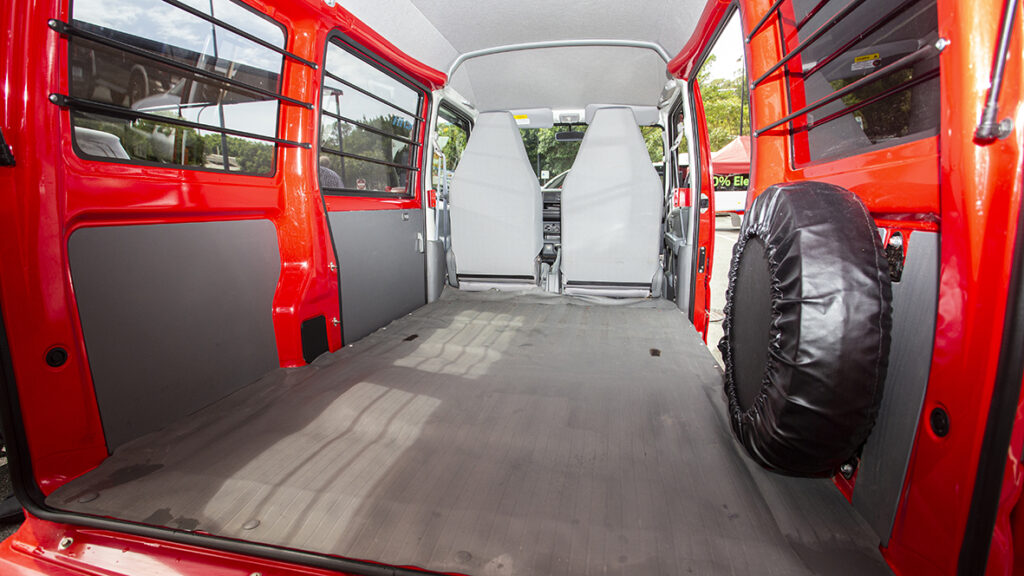
Another MiniCab with just 14,000km on the clock is listed for $15,400. J-Spec breaks down the estimated charges quite clearly. For the latter, it’s $8400 to buy the MiniCab; $2400 for shipping ($1550 ocean freight and $850 customs costs), there’s $1000 GST, $2500 compliance and $1100 J-Spec service fee.
You then need to factor in registration cost, which ranges from roughly $1100 in Western Australia up to $1400 in Victoria. Interestingly, there’s no import duty charge thanks to the Japan Free Trade Agreement, and J-Spec doesn’t charge for an aircon de-gas.
Electric and hybrid tempters
So what other gold is on offer? There’s a 2015 Nissan E-NV200 commercial electric van (a Leaf under the skin) with 5000km showing for $26,500, while a Japanese 2017 Volkswagen e-Golf – so very popular in Europe – is priced at $40,600 landed with just 6000km on the clock. It may be a few years old, but what an interesting EV to own and priced cheaper than that aforementioned MG ZS EV.
Hybrids are available for import too. There’s a Nissan Note E-Power hybrid from around $20,000, and who knew how deep Toyota was into hybrids in its home market? On the J-Spec website you can pick up a Crown Hybrid sedan; Corolla Fielder Hybrid wagon; Harrier Hybrid 4WD SUV; and Alphard, Voxy, Noah or Esquire Hybrid people-movers. If you’re in the dark about these vehicles, the website gives really useful, detailed information on the models, batteries, motors and ranges.
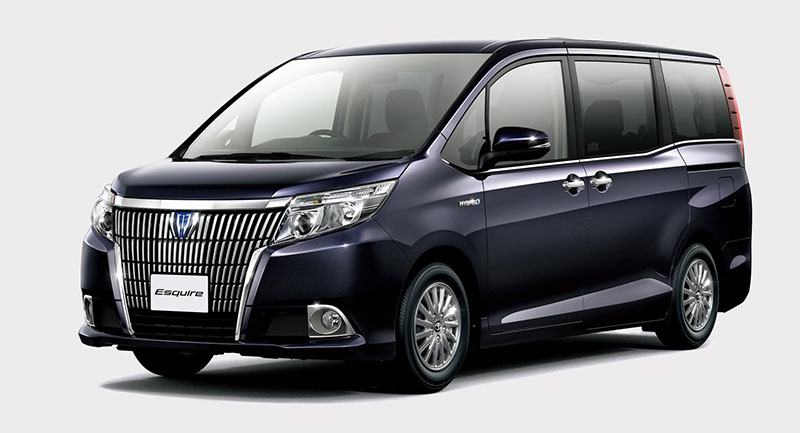
“There’s clearly an appetite for EVs right now,” Ben said, acknowledging they’re now making up a decent portion of his business. “I’ve brought in over 20 of the Mitsubishi MiniCabs. People really like them as they can be around $15,000, although the range isn’t great compared to modern EVs. There was a MiniCab truck too with a tray back instead of a van. They’re super hard to find. I’ve bought one, and it may be the only one in Australia.”
Being commercial vans, many will have had a hard life, which is why the unused Japan Post version like Chris had imported are so desirable. “Most have been used as workhorses and are quite beat up, been smoked in and the back has been scratched up,” Ben said. “But there are still nice ones out there with low mileage in really good condition.”
Living with a MiniCab
Chris is hugely pleased with his version. “I use it around the Sunshine Coast where I live, and it’s guilt-free motoring,” he explained. “I’ve not been to a petrol station in over two years. I normally use it for a 35km-50km round trip and try to get everything done early in the morning. Then I get home before lunch and then the rest of the day it’s charging on solar.”
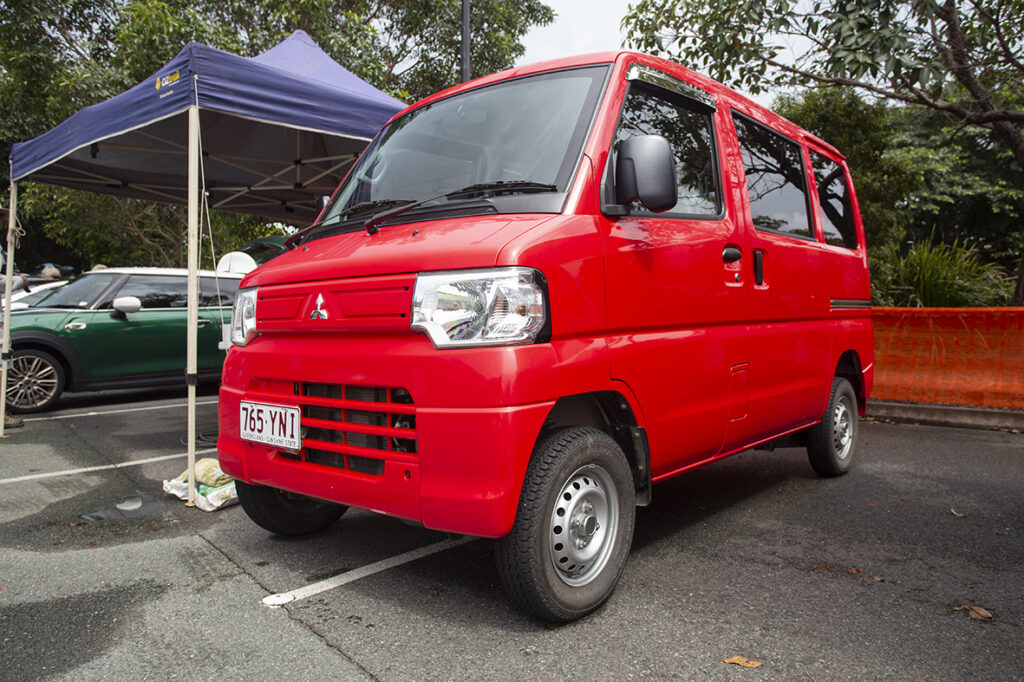
Chris said 45km each way was as far as he’s gone, but added it’ll “comfortably do 110km/h on the motorway, although it knocks the battery around.” With the weight down low – the batteries are under the tray floor and seats, and the motor sits on the rear axle – Chris said it handles safely, despite its little 12-inch wheels.
“It has traction control so you don’t spin the back wheels. I have a four-wheel-drive track to my property and it has no problems. It’s so light and it slowly walks up the track with little effort. It’s such a nice thing on the road too. If I sit in traffic it’s absolutely silent, like sitting in your lounge. I’ve managed to carry 10 bales of hay in the back, and my mountain bike and kayak can fit in.”
It’s certainly quite rudimentary inside the MiniCab and the red paint is fading slightly, but this is cheap EV motoring at its most basic, and for Chris, it appears to be working perfectly. “It’s only been serviced once,” he said. “I gave it to a local mechanic and he checked the brakes, steering and all the bolts. He charged me $60. He told me he didn’t even need to put his overalls on.”
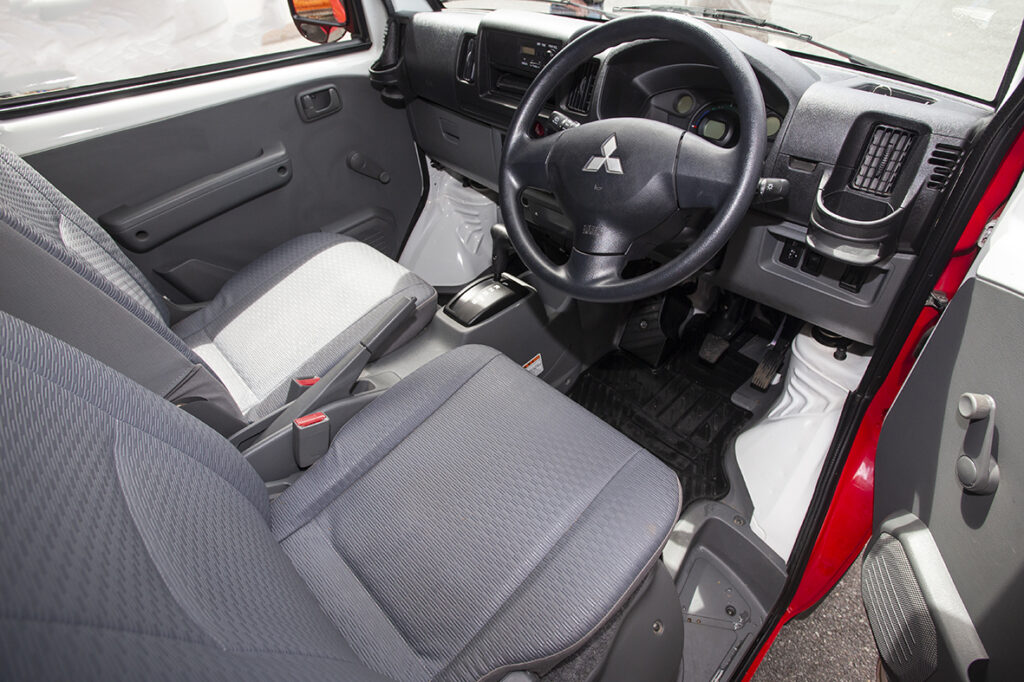
Ben at J-Spec Imports said he’s always ready to listen to requests for other electric cars he could bring into Australia, as long as there’s demand. Like the Honda e for instance?
“We’ll be able to import the first models of the Honda e,” he said. “Honda Australia’s being coy about the Honda e being sold here, but there’s been lots of interest. There’s a worldwide shortage so we can’t import one from Japan as nobody in Japan can sell to us. In a couple of years’ time when more are around and prices drop, as long as Honda Australia doesn’t sell them, there’ll be very popular.”

